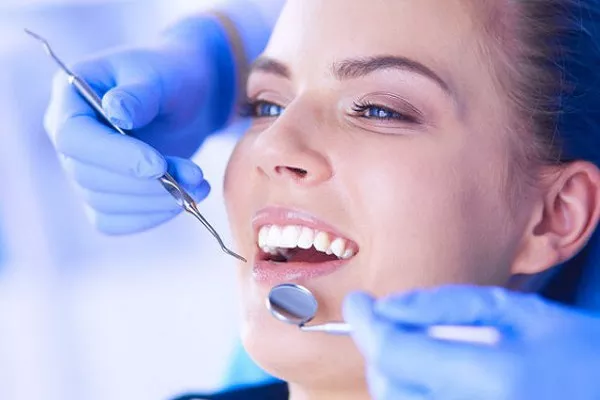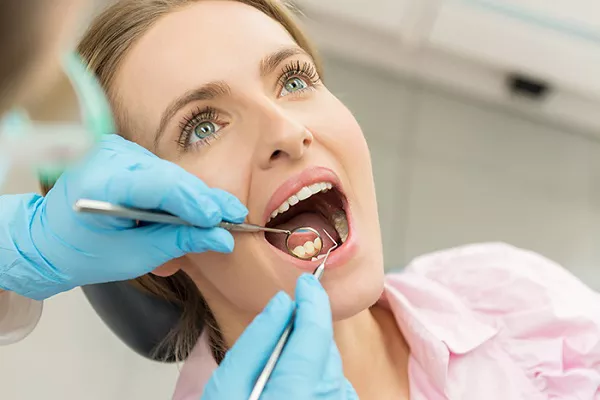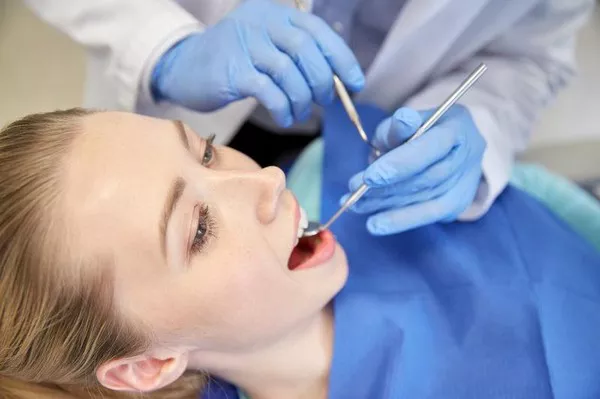Orthodontic treatment often involves various appliances and tools to correct misaligned teeth and achieve a harmonious bite. Triangle elastics, also known as rubber bands or interarch elastics, are an essential component of orthodontic care. They play a crucial role in guiding the movement of your teeth and aligning your bite correctly. In this comprehensive guide, we will explore what triangle elastics are, how they work, and their significance in orthodontic treatment.
Understanding Triangle Elastics
Triangle elastics are small, stretchy bands made of medical-grade latex or latex-free materials. They come in various sizes and strengths to accommodate different orthodontic needs. These elastics are used to apply controlled and specific forces to your teeth and jaw, aiding in the correction of bite irregularities and tooth misalignment.
The Function of Triangle Elastics
Triangle elastics serve several vital functions in orthodontic treatment:
Bite Correction: One of the primary roles of triangle elastics is to correct bite problems. They are often used to address issues like overbites, underbites, crossbites, and open bites by guiding the upper and lower teeth into the desired position.
Tooth Alignment: Triangle elastics help in aligning individual teeth by exerting gentle pressure to move them into their correct positions within the dental arch.
Facilitating Jaw Movement: In some cases, triangle elastics are used to encourage specific jaw movements, such as advancing or retruding the lower jaw to correct bite discrepancies.
Stabilizing the Bite: After initial alignment, triangle elastics may be used to stabilize the corrected bite and maintain proper tooth alignment throughout the orthodontic treatment.
How Triangle Elastics Work
Triangle elastics work on the principle of applying continuous and consistent force to teeth and jaws. Here’s how they function in orthodontic treatment:
Attachment Points: Orthodontists carefully select specific attachment points on your braces or aligners to secure the triangle elastics. These attachment points are strategically placed to achieve the desired tooth movement.
Direction of Force: The direction in which triangle elastics are placed determines the force applied. Depending on your orthodontic needs, they can be attached in various configurations, such as vertically, horizontally, or diagonally.
Tension and Strength: Orthodontists choose triangle elastics with the appropriate tension and strength to achieve the desired tooth movement while avoiding excessive force, which could lead to discomfort or complications.
Consistency: Triangle elastics need to be worn consistently as instructed by your orthodontist. Compliance with wearing the elastics as prescribed is crucial for successful treatment outcomes.
Progressive Adjustments: As your treatment progresses, your orthodontist may make adjustments to the size, strength, or configuration of the triangle elastics to facilitate the desired tooth and bite corrections.
Patient Responsibility and Care
Proper care and adherence to your orthodontist’s instructions are essential when using triangle elastics. Here are some tips for patients:
Consistent Wear: Wear the triangle elastics consistently as directed by your orthodontist. Failure to do so may result in a prolonged treatment period or suboptimal outcomes.
Replacing Elastics: Change the elastics as recommended by your orthodontist, typically every 12 hours or as specified. Over time, elastics lose their elasticity and effectiveness.
Maintain Good Oral Hygiene: Continue to practice excellent oral hygiene by brushing and flossing your teeth and braces regularly. Proper hygiene reduces the risk of decay and gum problems during orthodontic treatment.
Managing Discomfort: Triangle elastics may cause mild discomfort initially. Over-the-counter pain relievers and a soft diet can help manage any soreness.
Orthodontic Appointments: Attend all scheduled orthodontic appointments for adjustments and progress evaluations. Your orthodontist will assess your treatment and make any necessary changes to the elastics.
Conclusion
Triangle elastics are a fundamental component of orthodontic treatment, helping to correct bite issues, align teeth, and achieve a harmonious smile. Understanding how triangle elastics work and following your orthodontist’s instructions diligently are essential for a successful treatment outcome. These elastics, when used correctly and consistently, play a pivotal role in guiding your teeth and jaws into their desired positions, ultimately leading to a beautifully aligned and functional smile.
Related Topics:































